An FAQ Guide to Enteric Tablets
Tablets and capsules are the two most common forms of medications and supplements. In contrast, the former typically has more variations than the latter. Enteric-coated tablets are a very special kind. Unlike regular pills, these tablets come in a unique coating that shields the formulation from stomach acid before reaching your intestines.
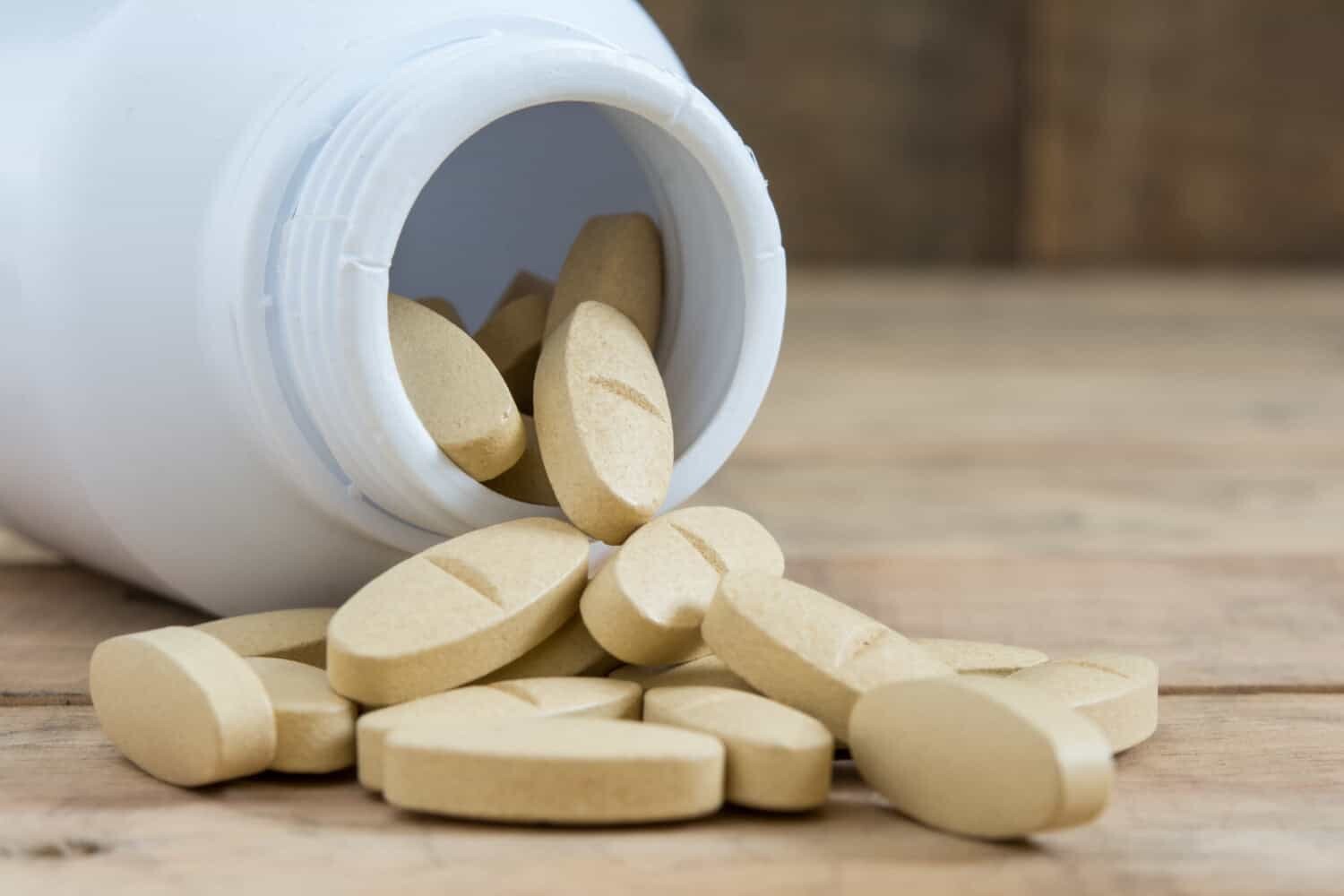
Why is this important? Some medicines and supplements can irritate your stomach. Some are best absorbed in the intestines. Enteric-coated tablets help solve these problems, making your treatment more comfortable and effective.
To help you get familiar with this kind of tablet, we created this FAQ guide. In this guide, we raised as many top questions about enteric-coated tablets as possible. Also, we provided a concise answer to each question. If you're curious about enteric-coated tablets, reading our guide will help you learn more about these smart little pills.
1. What are enteric-coated tablets, and how do they work?
Enteric-coated tablets are a type of medication meant to dissolve in the intestines rather than the stomach. These tablets can be harmful to the stomach lining, so they need a special polymer coating. The coating is like a barrier that prevents the medication from breaking down in the acidic environment of the stomach.
When an enteric-coated tablet enters your body, it travels down the esophagus and then reaches the stomach. Due to the coating, it remains intact and goes down to the small intestine. The intestines generally have a neutral pH of between 7 and 8, which offers an environment with less irritation compared to the stomach.
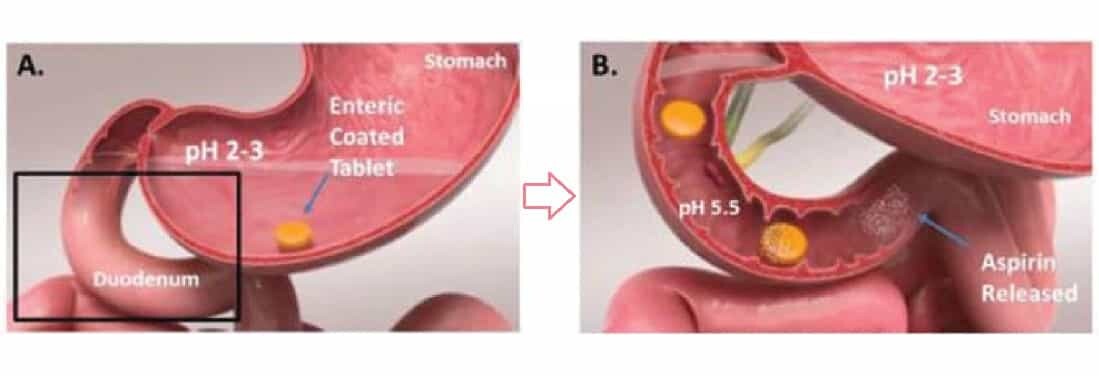
Here, the tablet coating dissolves, and the active ingredients get absorbed into the bloodstream through the intestinal walls.
2. What are the ingredients in enteric coatings?
Enteric coatings contain ingredients that are mainly derived from cellulose or acrylic acid. Common ingredients include:
- Various types of polymers: Cellulose acetate phthalate and polyvinyl acetate phthalate. These substances can withstand stomach acid and dissolve in a neutral pH environment - the small intestine.
- Plasticizers: Triethyl citrate and dibutyl phthalate. These substances can make the coating flexible and less brittle.
By working together, these ingredients create a protective barrier around the tablet. The barrier allows the tablet to be released only when it reaches the intestines.
3. Are enteric-coated tablets more effective than regular tablets?
If you mean by the potency, enteric-coated tablets aren't necessarily more effective than regular tablets. An enteric coating can be imagined as a bodyguard who escorts the medication safely to the part of the body where it can be best absorbed. The main function of the coating is to release the medication in the intended place.
So, while it can't be considered more effective, enteric-coated tablets are very useful for certain types of drugs that may cause upset stomach.
4. Can enteric-coated tablets cause side effects?
Yes. While enteric-coated tablets protect your stomach from irritation, they can still have some potential side effects.

- Gastrointestinal (GI) issues like nausea or vomiting, diarrhea, or constipation)
- Headaches
- Allergic reactions, although rare
As with any medication, there's always a chance of individual reactions. So, it's important to monitor how you feel when using enteric-coated tablets. Consult with a healthcare provider as any issues arise.
5. What are the examples of enteric-coated tablets?
Some common examples of enteric-coated tablets are:
- Aspirin & naproxen
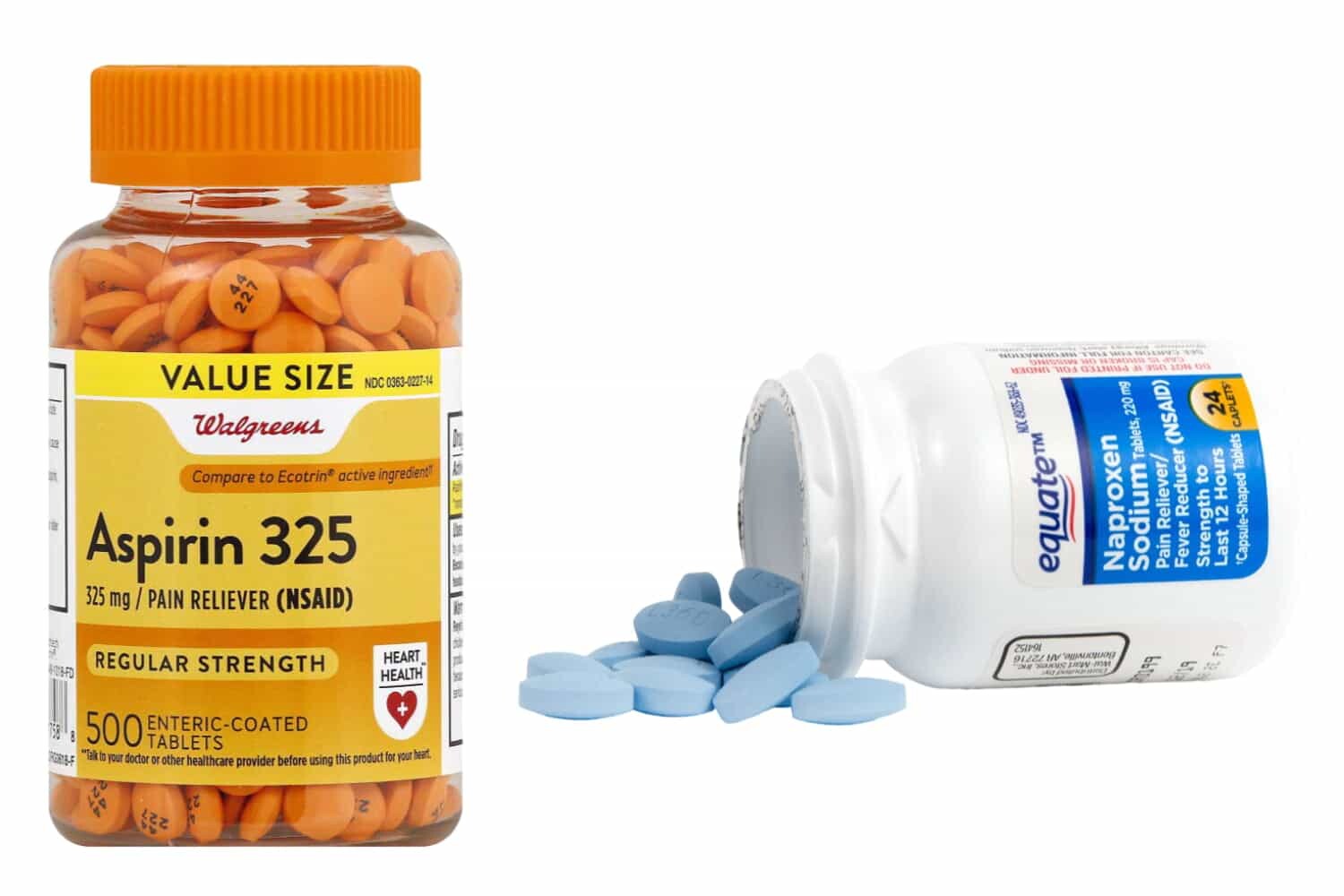
These medications are often given this type of coating to reduce stomach irritation and prevent potential ulcers from long-term use.
- Omeprazole
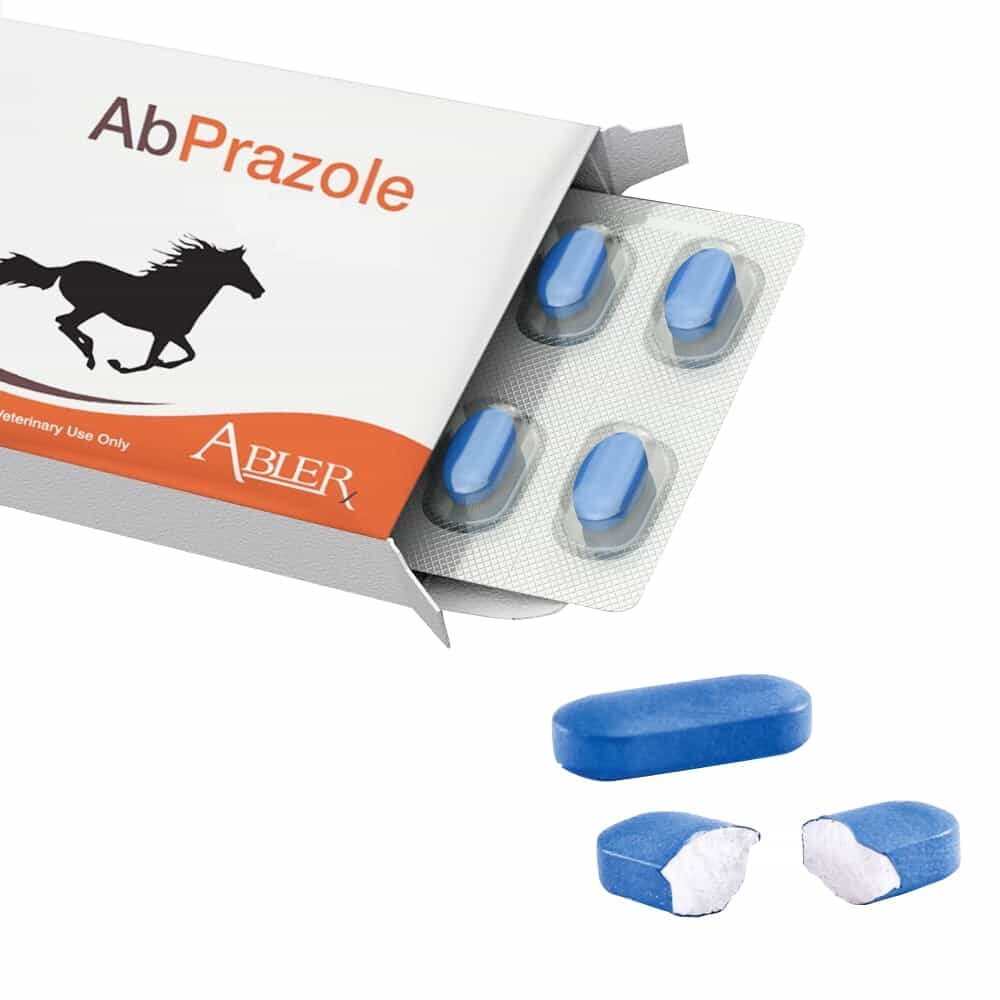
This medication is used to treat conditions like GERD and acid reflux. The enteric coating can ensure it works in the intestines rather than being neutralized by stomach acid.
- Probiotics & omega-3 fish oil
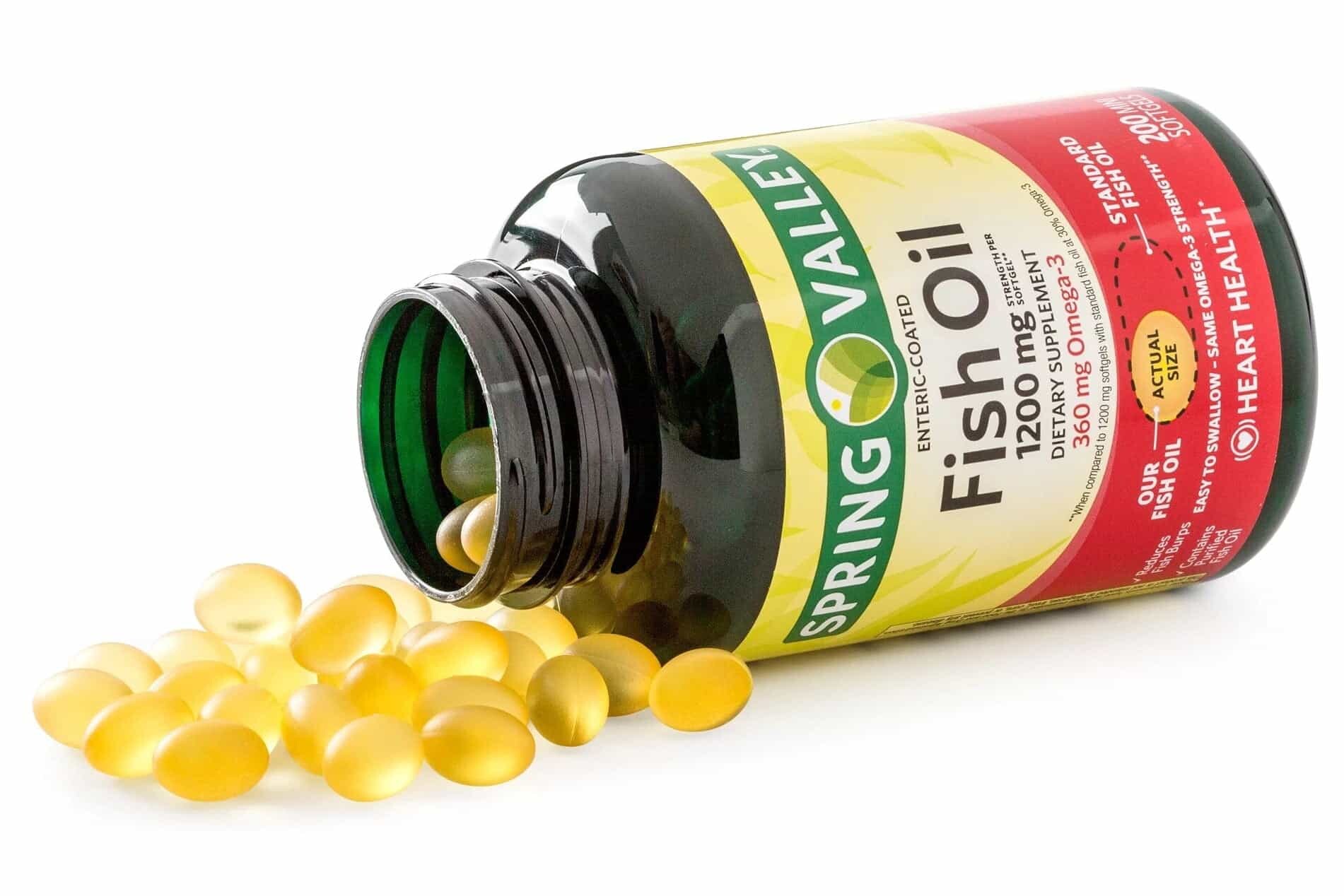
These supplements can also be enteric-coated to help the beneficial bacteria reach the intestines intact.
6. What is the difference between enteric-coated tablets and other tablets?
To tell the difference between enteric-coated tablets and others more intuitively, we've made a comparison table below.
|
Type of Tablet |
Characteristics |
Administration |
|
Enteric-Coated Tablets |
‐ Have an enteric coating. ‐ Do not disintegrate in gastric fluid, but disintegrate and are absorbed in intestines. |
‐ Should not be split, chewed, or dissolved. ‐ Taken on an empty stomach. |
|
Sustained-Release Tablets |
‐ Compared to regular tablets, have fewer dosing frequencies, longer duration of action, and fewer side effects. ‐ Reduce gastrointestinal irritation. |
‐ Usually taken whole with warm water, not to be split, chewed, or crushed. ‐ Some can be split, as specified in the instructions. |
|
Controlled-Release Tablets |
‐ Fewer dosing frequencies, longer duration of action, and fewer side effects. ‐ More stable blood drug concentrations compared to sustained-release tablets. |
‐ Same as sustained-release tablets. |
|
Dispersible Tablets |
‐ Rapid disintegration, good absorption, and high bioavailability. ‐ Suitable for patients with difficulty swallowing, children, and the elderly. |
‐ Placed in warm water to disperse, then drunk directly. ‐ Can also be taken by placing directly in mouth or swallowing with warm water. |
|
Effervescent Tablets |
‐ Water-soluble, quick disintegration, rapid onset of action, and high bioavailability. |
‐ Placed in cool or warm water to dissolve completely before taking. ‐ Not to be taken directly by mouth or swallowed whole. |
|
Chewable Tablets |
‐ Help accelerate disintegration and enhance efficacy for difficult-to-disintegrate drugs. ‐ Reduce gastrointestinal burden. ‐ Suitable for children and patients with swallowing difficulties. |
‐ Chew thoroughly in the mouth and then swallow. |
|
Sublingual Tablets |
‐ Convenient, rapid dissolution, direct absorption into systemic circulation through sublingual mucosa. ‐ Bypasses liver first-pass effect. ‐ Mainly used for emergency treatments. |
‐ Placed directly under the tongue, dissolve quickly in saliva. ‐ Not to be swallowed directly. |
7. What equipment is used for enteric coating?
To get an even enteric coating, you need to use specialized equipment. There are now three main types of tablet coating machines. They include:
- Standard Coating Pan
It rotates on an axis to let tablets tumble inside the pan. In the meantime, the machine sprays coating material onto the tablets, allowing them to be evenly coated.
- Perforated Pan
It enables tablets to move freely inside the perforated drum, and a spray system is used to apply the coating solution to tablets.
- Fluidized Bed Coater
It's a more advanced method. Tablets are suspended in the air inside the coater. The coating solution is sprayed onto them to create a uniform layer of coating.
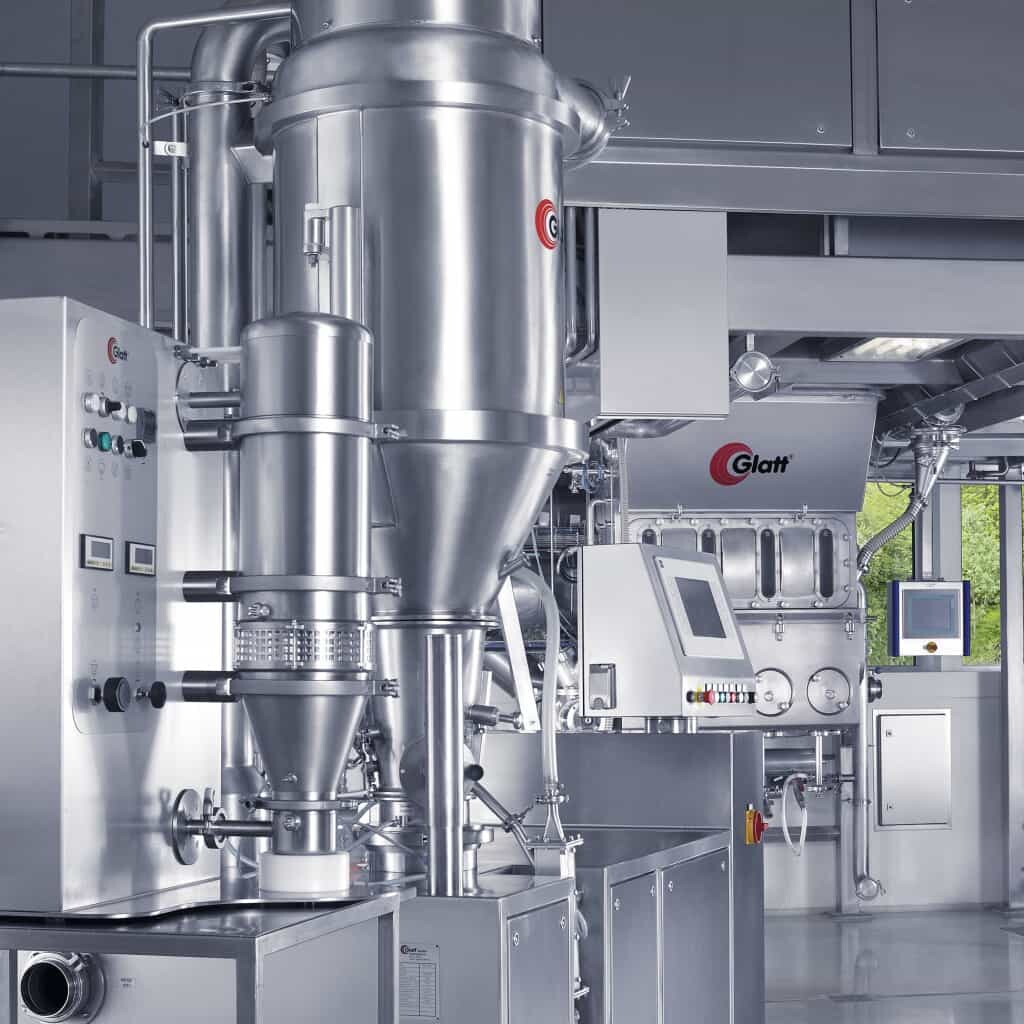
8. Can enteric-coated tablets be split or crushed?
No. Enteric-coated tablets should never be split or crushed. The enteric coating ensures the medicine survives in gastric acid and dissolves in the small intestine. If an enteric-coated tablet is split or crushed, the coating will be damaged. This means the medication might be released too early. Your stomach may be irritated. And the effectiveness of the drug can be reduced.
9. How long does it take for an enteric-coated tablet to dissolve?
The time it takes for an enteric-coated tablet to dissolve can vary. Still, typically, the tablet starts to break down about one to two hours after entering your body. How long it exactly takes for the tablet to dissolve can depend on several factors.
- The specific formulation of the enteric coating;
- The individual's gastric transit time;
- The pH levels within their gastrointestinal tract.
10. What are the common challenges in manufacturing enteric-coated tablets?
Making enteric-coated tablets can be pretty tricky, mainly because getting that coating just right is a delicate process. The coating needs to be applied perfectly on each tablet to work correctly. It has to survive the stomach's acid but dissolve in the intestines, so getting that balance is crucial.
There's also the challenge of keeping the coating in good shape during manufacturing and storage. It can't crack or peel off, and external factors like humidity or temperature can really affect that.
Plus, mixing up the coating solution has to be spot on to ensure it reacts at the right time in your digestive system.
Finally, the proper coating equipment and skilled operators are needed to manage all this, which can drive up costs. So, it's all about managing these factors well to produce quality enteric-coated tablets effectively.
Leave your comment
Also Offers


Containment Automatic Capsule Filling Machine SFK-703

Fully Automatic Dosator Capsule Filling Machine CZ-40

Our Team
As an expert in the pharmaceutical and pharmaceutical packaging industry, iPharMachine has provided solutions for hundreds of pharmaceutical and health product manufacturers for 17 years. By visiting customers, we get good reviews from our customers.
- info@ipharmachine.com
- English Español Deutsche







